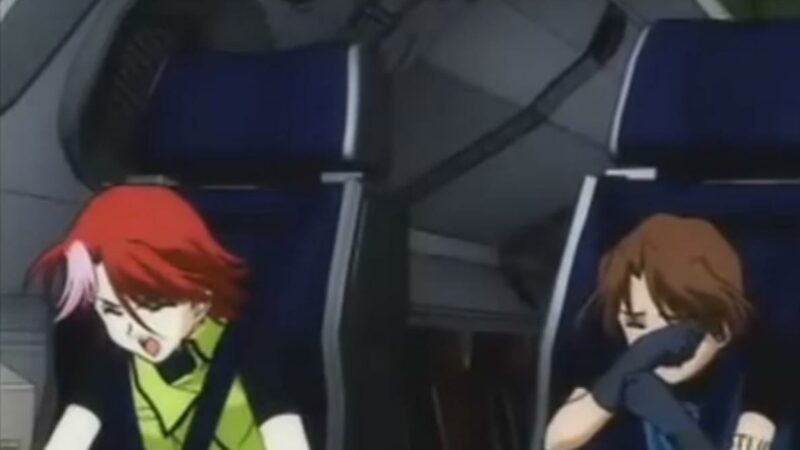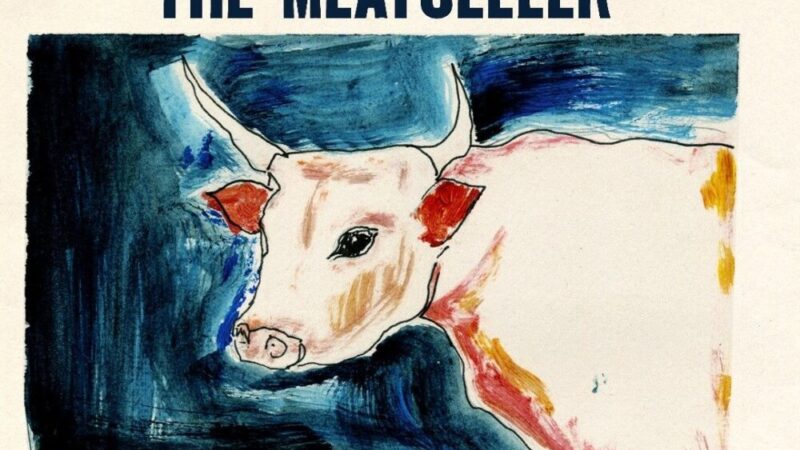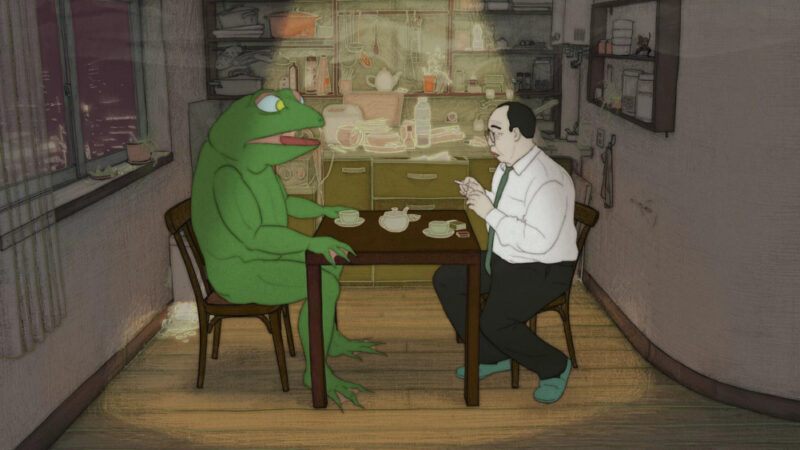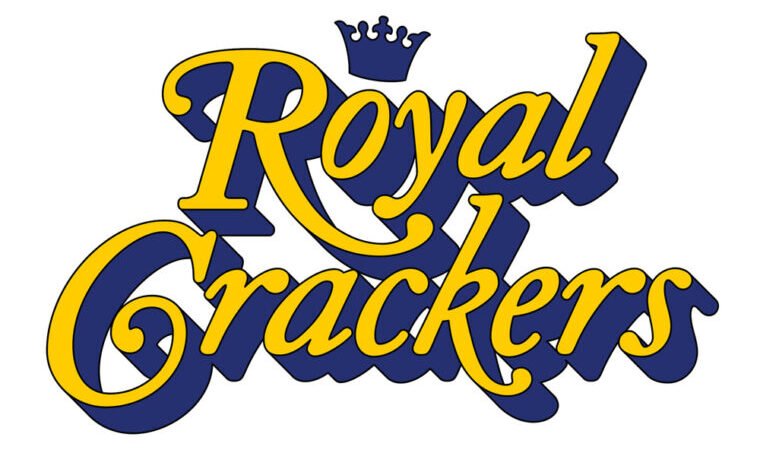& # 39; Revoltoso ' is an epic short from Mexico's Stop-Motion (exclusive online premiere)
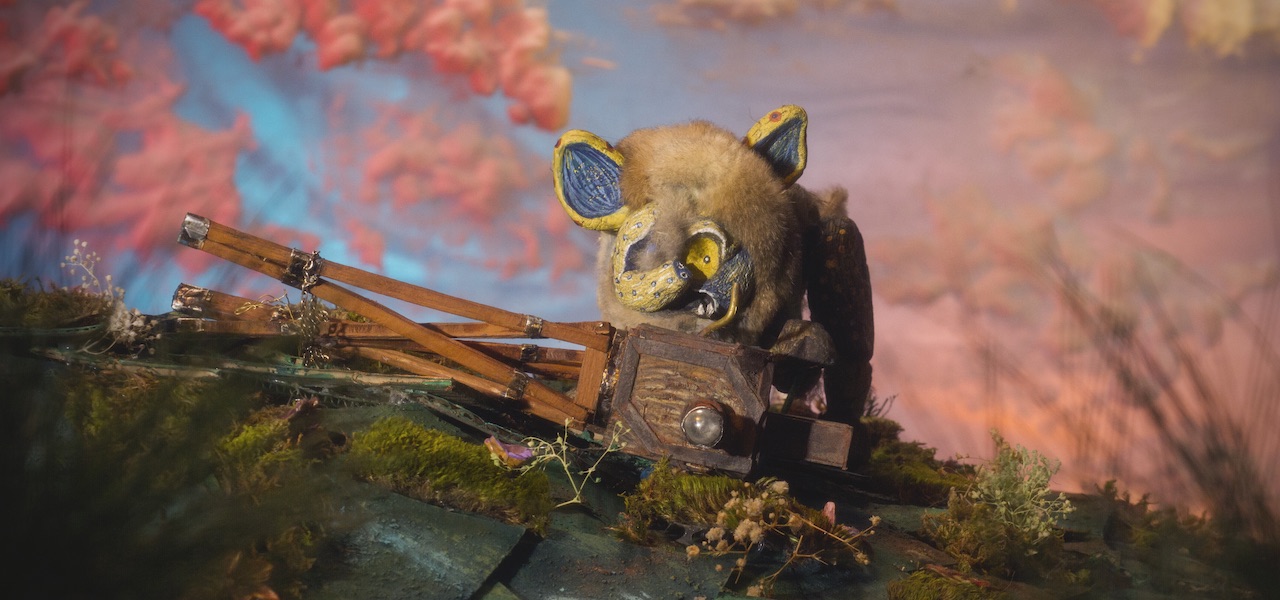
This is the kind of movie the Ambriz brothers wanted to make. It doesn't matter that they didn't really have the money, or that they had never done a stop-motion animation before. They persevered, hired friends and family, and learned their trade, while raising funds through commercial side projects (including six promotional shorts for Cartoon Network Latin America). The project attracted the attention of Guillermo del Toro and Jorge Gutiérrez, who supported it, as well as the novelties of Screen Stop, who contributed an animation.
Throughout the production, Cinema Fantasma has crystallized like a studio. He now has NFL México and Adult Swim among his clients. undisciplined it took five years to produce; Vonno believes they could now make a film for two. Then tell Cartoon Brew why they chose revolution as their theme, what it takes to continue, and how they got the attention of their famous sponsors. Below is a brief presentation of the presentation.
Vonno Ambriz: We are brothers less than two years apart, so we have been working together for a long time. when [thinking about a subject for the film] We realized that that should be the reason why we choose to be artists: to do good. We deeply believe that art can heal and help spread compassion. When we see characters in movies or literature, we understand more about people and their feelings and motives. undisciplined It is a piece that tries to explore the role of cinema in the midst of war and conflict as a metaphor for our contemporary life.
Many of us on the production team met at university. Most of the team was made up of friends and family, like our parents Adriana and Rodolfo, who worked as producers, and my then girlfriend (and now wife) Irene Melis, who was the cinematographer. Since we finished the film, many of us have been working together on other personal and commercial projects.
We spent five years working full time on this film. We had no idea how to do stop-motion animation (or even animation), so we had to experiment a lot and learn from scratch. We learned from watching documentaries being made The nightmare before Christmas, fantastic Mr. Fox, e King Kong We would pause the video to take notes and sketches of your equipment and technical settings.
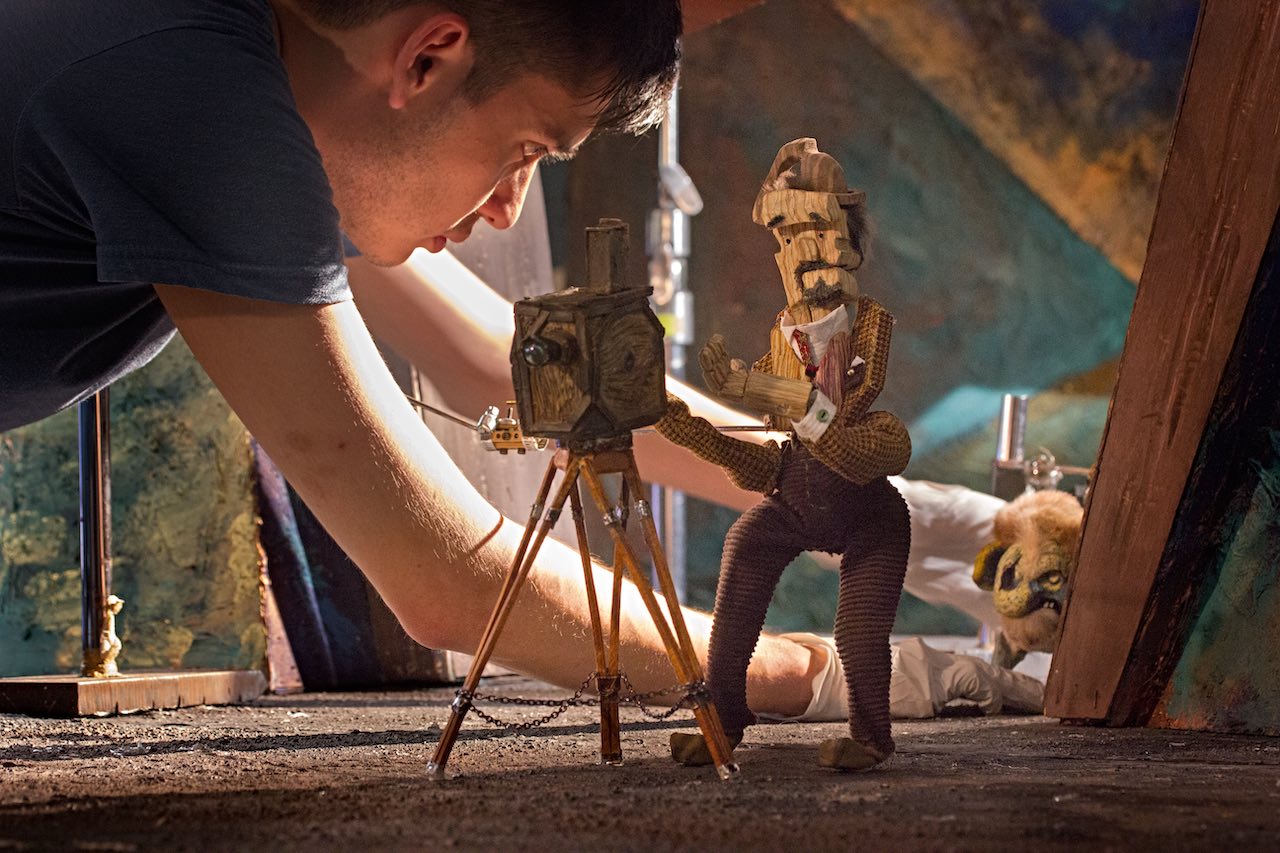


"Guillermo del Toro told us it would always be painful to make a film"
We worked for two years on puppets, sets, accessories and storyboards. The photography and animation production phase lasted about a year and a half. The rest were post-production and re-recordings. A significant percentage of each week in those five years was spent trying to get the budget to finish the film. We have the support of our parents, friends and family. We had an extraordinary executive producer named Alejandro Ibarrola and other associated producers who contributed.
The production designer was Roy. While we were exploring how to approach the aesthetics of the film, we went to a cubist exhibition. It had a large section called "Cinema and Cubism" which explored how Cubist artists were inspired by early films and the idea of capturing movement on a single canvas. This led to a long process of artistic and historical research which pushed us in the right direction. It is also worth noting that the Mexican Revolution was happening at the same time as the beginnings of the Cubist movement in Europe.
The decisive moment for the production was when Guillermo del Toro was involved. He supported our Kickstarter campaign and gave us advice on the various cuts during the modification process. We had previously written to him about other projects and when he saw our campaign, he responded enthusiastically. He encouraged us to continue what we were doing and told us to be prepared, because it would always be painful to make a film, especially in Mexico. He invited us to have breakfast with him and Jorge Gutiérrez, and we showed them our puppets.
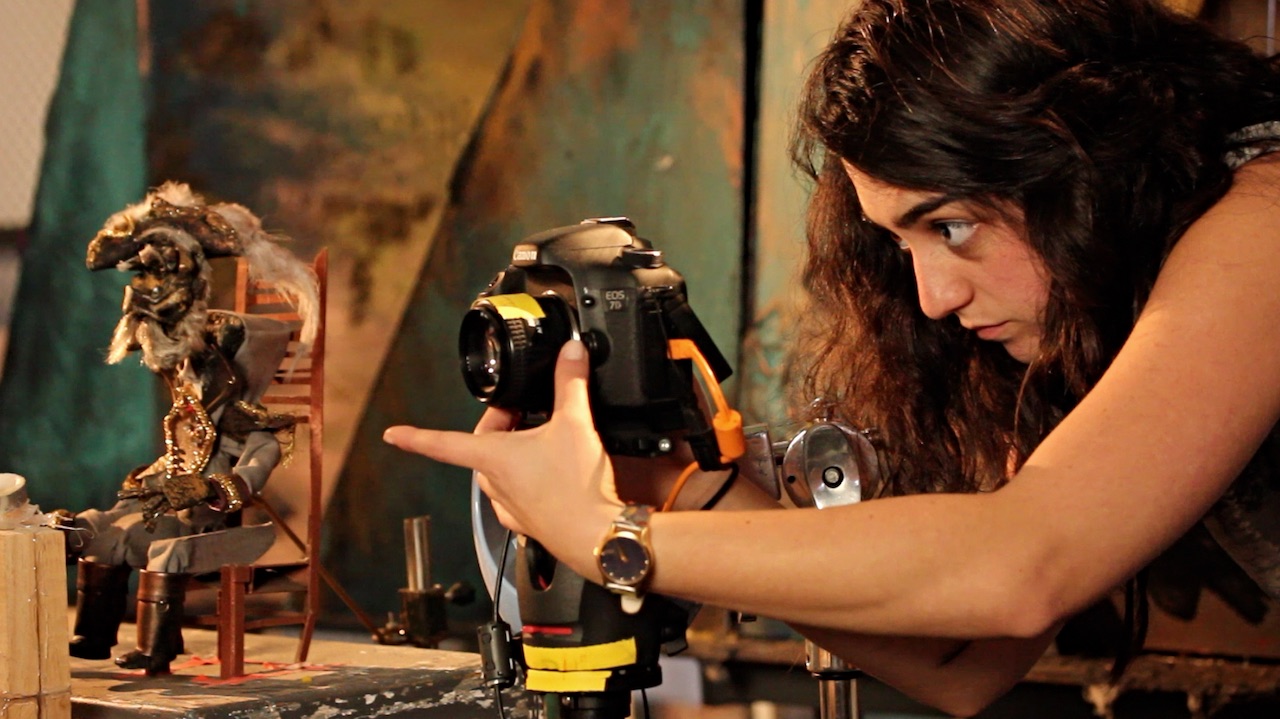


"We didn't care about adjusting industry standards"
We have long been fans of what's new on the screen. We wrote on their Vimeo account and they replied. Since then, a great relationship has grown. Mark Caballero and Seamus Walsh were kind enough to accept our proposal to come to Mexico City for a week and encourage several shots of undisciplined They taught us a lot about animation and we haven't been the same since. The scene where the axolotls play music is a tribute to their short film Jamboree cemetery with mysterious Mose.
The project has continued to evolve continuously. Since we had no commercial expectations, we didn't mind adapting it to long (or narrative) industry standards. Sometimes we wondered if it had not been better to make a film, because with another six months of work we would have succeeded. With all the knowledge we've gathered, we can now produce a film in two years.
We have a very motivated point of view and love for authors when we watch animated films or series where this seems to be the case. [When we founded Cinema Fantasma, o] Our goal was to combine all the things we love, like animation and movies, with an interesting use of cinematography. More interesting Mexican animation studios are emerging and we are excited about the projects they are developing. This art form is rapidly evolving in our country.

